Etruscans vs Romans (part 2)
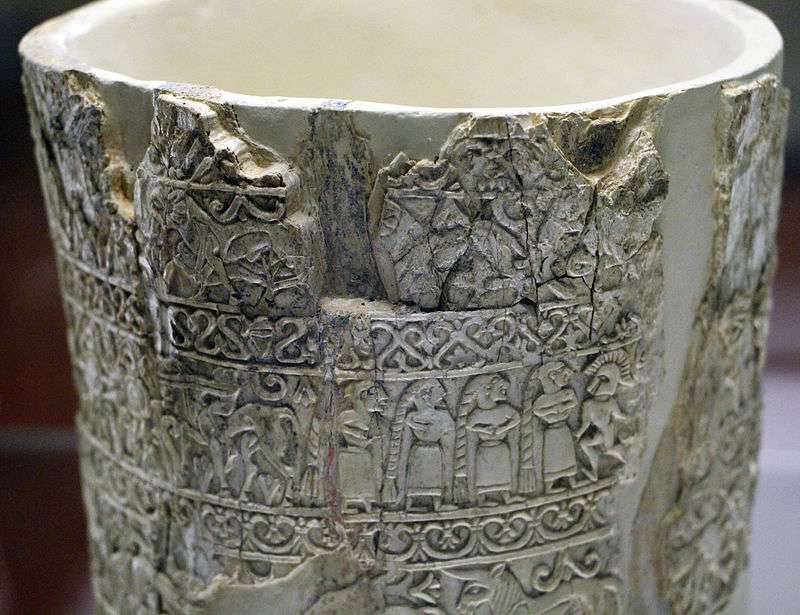
Situ from Chiusi VII c. BC er (610 - 600). “Women with braids are standing, and a man in a Corinthian type helmet with a crest is approaching them. But women ignore him, which can be seen in the hands proudly crossed on the chest. ” Archaeological Museum of Florence.
In the first article, “Etruscans vs. the Russians,” it was about where the Etruscans, together with their cows, moved to Italy. Now it will be a question of the fact that here the Etruscans founded the city-polis of the Greek sample, and each Etruscan city, just like the Greek polis, began to have its own army. Cities were allies, but very rarely acted together, which greatly weakened them. For some kind of hike, they could join forces, but more often they squandered strength in the struggle of one city with another.
In the VII century. BC. the Etruscans adopted the Greek tactics and the Greek phalanx. Accordingly, they used the construction of 12 on 8 hoplites with four commanders of the hurricanes.
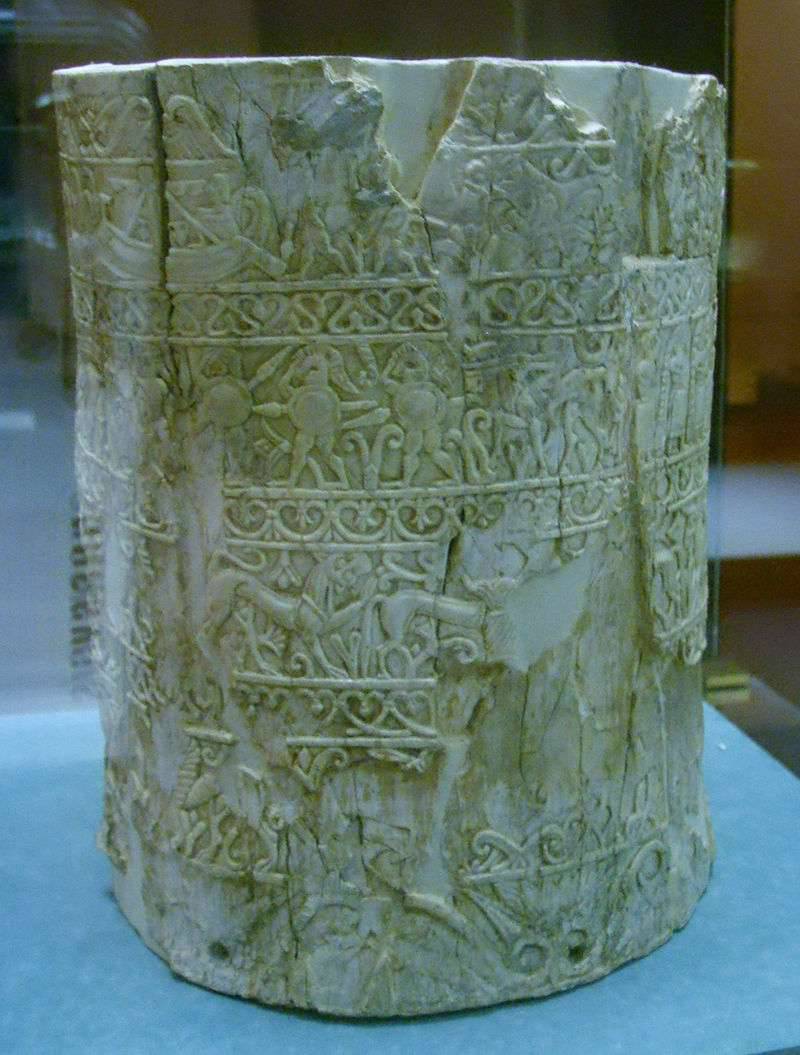
Situ from Chiusi, on which the warriors in the Hoplit arms are clearly visible. Archaeological Museum of Florence.
Like the later Romans, the Etruscans tried to use the army that the allies or the conquered peoples supplied them. Peter Connolly believes that the Roman army in the early history of Rome was a typical Etruscan army. Under Tarquinius the Ancient - the first Etruscan king of Rome, it included three parts: the Etruscans (built by phalanx), the Romans and the Latins. Warriors armed with spears, axes and darts were placed on the flanks, as reported by Polybius, who saw with his own eyes the text of the very first treaty with Carthage, concluded around 509 BC According to him, it was written in archaic Latin, so that it could only be partially understood.
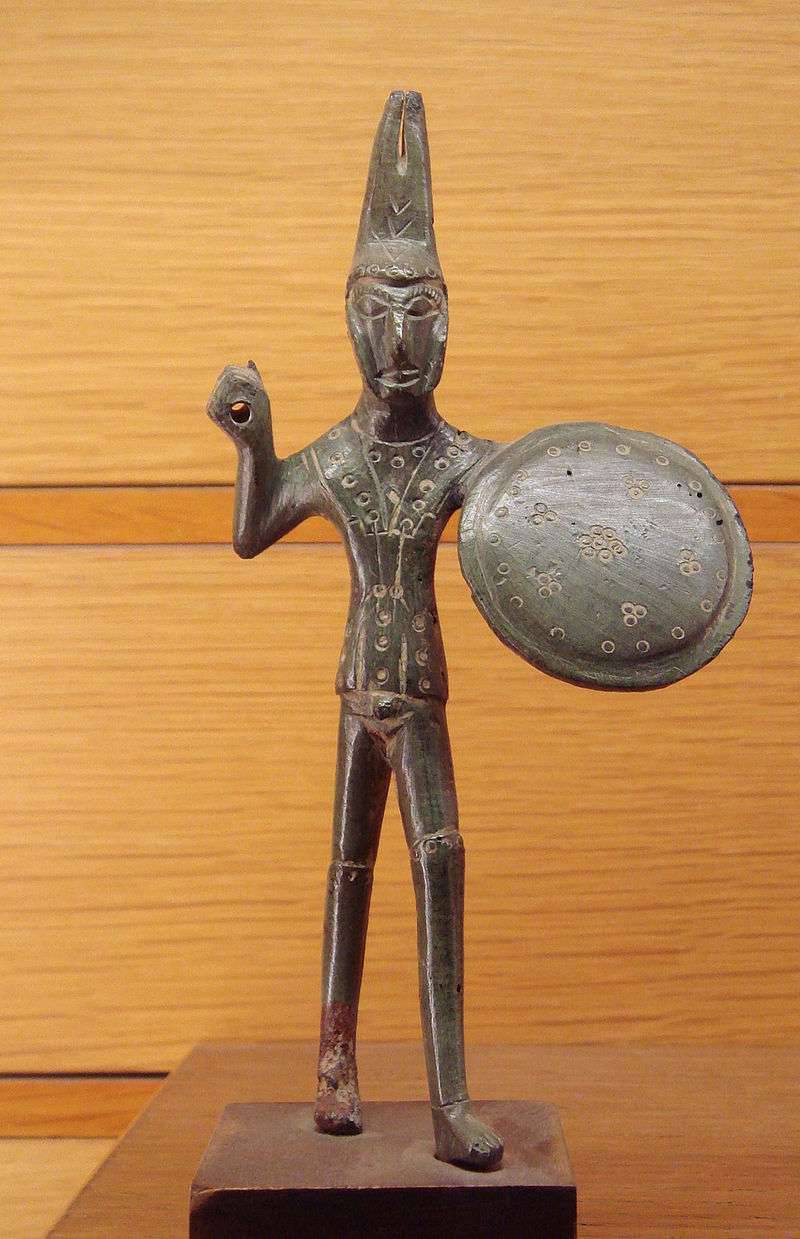
Etruscan warrior from Viterbe. OK. 500 BC Louvre
Servius Tullius, the second of the Etruscan kings, being of Latin origin, decided to reorganize the army according to income, instead of origin. It was established six ranks, the very first of which included the most wealthy people, who numbered 80 Centuries in the Roman account, or suckers in Greek. Most of these people, apparently, were the same Etruscans. Soldiers from this level had to have a helmet, armor, leggings, a shield, a spear, and, of course, a sword. Titus Livius used the word clipeus, “clypeus,” to describe their shield, and Dionysius called the shields of this centurion Argolian (Argive) shields. That is, all these people were armed as hoplites and were built to fight with a phalanx. At their disposal were two centuries of master gunsmiths and builders (they were called fabri - “masters”, hence the words “factory”), which did not participate in the battles themselves.
Etruscan shield from Tarquin. Altes Museum, Berlin.
In the second category were listed 20 Centuries. Armed these soldiers were simpler and, in particular, did not have armors and used the shield Scutum instead of the more expensive Argive shield. Both Dionysius and Diodorus unanimously claimed that it was rectangular, and archeology confirmed this. It was discovered the famous Kertos sieve of 500 BC, adorned with embossing with images of warriors with Argive, oval and also rectangular shields in their hands. That is, it is obvious that the shape of the shields was the most different, and that there was no single sample!
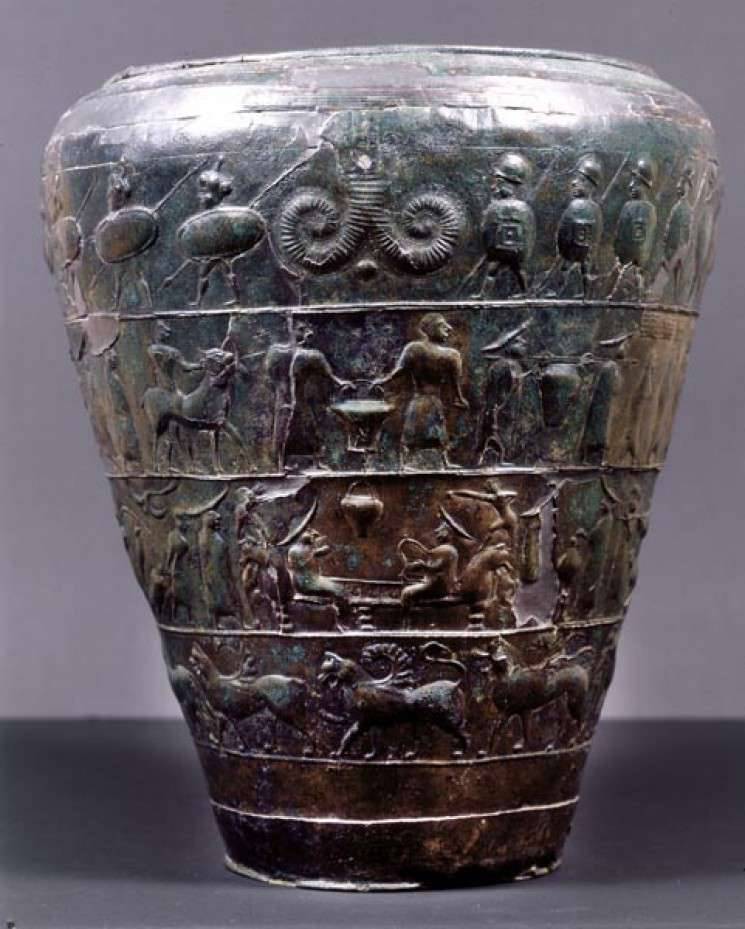
Kertos sieve. And on it are images of warriors, around 500 BC. Studying them suggests that in Italy three types of shields were used at the same time. It is possible that on it we see typical Etruscan warriors of this time. Museum of Archeology in Bologna, Italy.
The third rank also consisted of 20 Centuries. These warriors were distinguished by the absence of a leg, apparently costing quite expensive, if their presence or absence had such a striking effect on income. At 20, the centuries shared the fourth rank. Livy reports that they were armed with a spear and a dart, but Dionysius armed them with a scutum, and a spear, and a sword. The fifth category of 30 centurions in Libya consisted of slingers, while Dionysius also added to the slingers dart throwers who fought out of action. In the fifth grade consisted of two centurias of the hornbreakers and trumpeters. Finally, the poorest population was completely exempted from military service. The army was subdivided according to age into veterans serving in the cities, while stronger young people participated in campaigns outside their territory.
Etruscan ceramic vessel depicting fighting warriors. One of them is dressed in a typical "flax shell". Martin von Wagner Museum, University Museum (Würzburg).
That is, the difference that gives us the description of these two ancient authors is small, so there’s no reason not to believe them. Most likely, the second, third and fourth ranks acted on the flanks in the same way as the Allies did before the reform of Servius Tullius. Livy, however, claims that they formed the second, third and fourth row in the general order of battle. If all the Roman citizens formed the central part of the army, then maybe this order was just the prototype of the legion of the republican era, when the various armies were built together in three lines. Otherwise it is difficult to imagine what such a construction looked like in reality. Whatever it was, it is known that when it was necessary to convene an army, each centuria collected the required number of soldiers. So, if the ten thousandth army was needed, then each centurion equipped two enomotii, that is, 50 people.
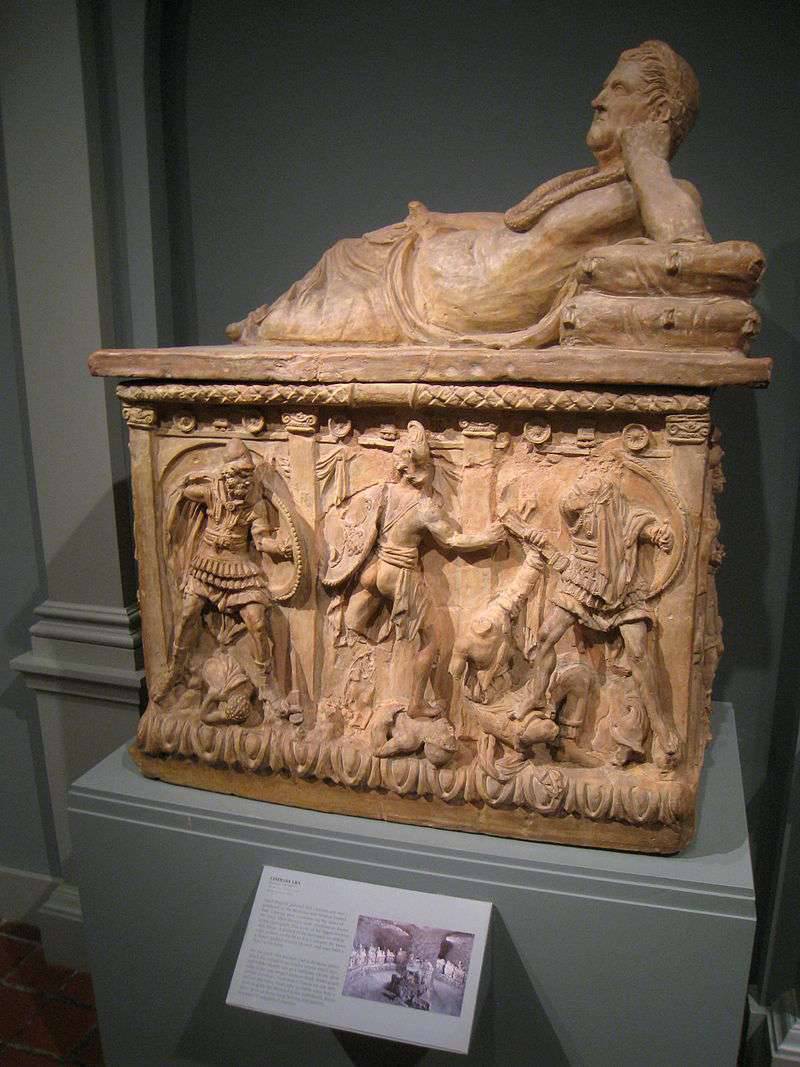
Etruscan funerary urn, mid-II millennium BC The Worcester Museum of Art in Worcester, Massachusetts, USA.
Then the Etruscans were expelled from Rome, but at the same time the army lost a large part of the soldiers belonging to the first class. Naturally, this lowered the level of its combat capability. No wonder Livy wrote that the round shields (and, consequently, the phalanx) were used by the Romans until the introduction of pay for the service at the end of V century. With the liquidation of royal power, the role of the commanders was assumed by two praetors, whose institute functioned until the middle of the 4th century, each of which commanded half of the army.
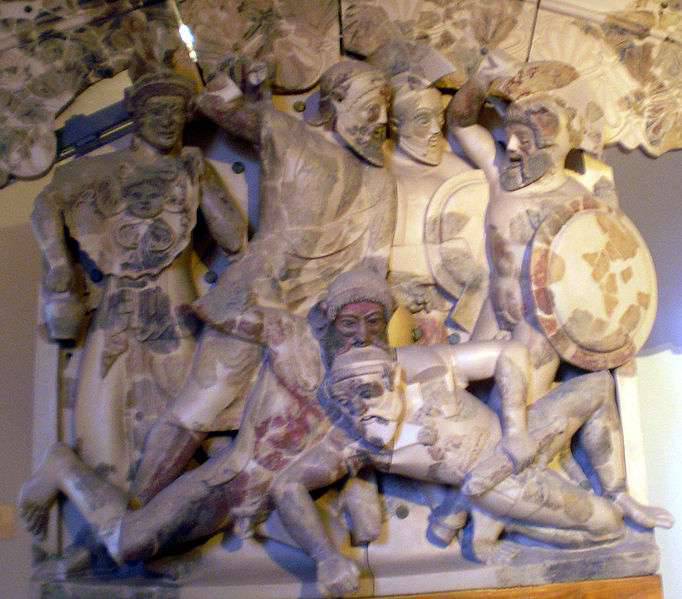
Etruscans against the Romans. Etruscan warriors from the Church of Purgi in Cerveteri ca. 550 - 500 BC. National Etruscan Museum, Villa Julia, Rome.
Just like Livy, Dionysius of Halicarnassus reports on the reorganization of the Etruscan-Roman army, which he conducted in the middle of the 6th century. Servius Tullius. Both messages are, in fact, identical and most likely to date back to Fabius Lictor, who wrote the history of Rome about 200 BC. It is believed that his information is based on the documents of that era. In any case, the post of praetor - commander of veteran warriors - was maintained at a later time under the name of praetor urbanus, although his functions now referred exclusively to judicial activities. The two main magistrates were now called consuls, and the word "praetor" meant second-level magistrates; during Polybius there were already six of them.
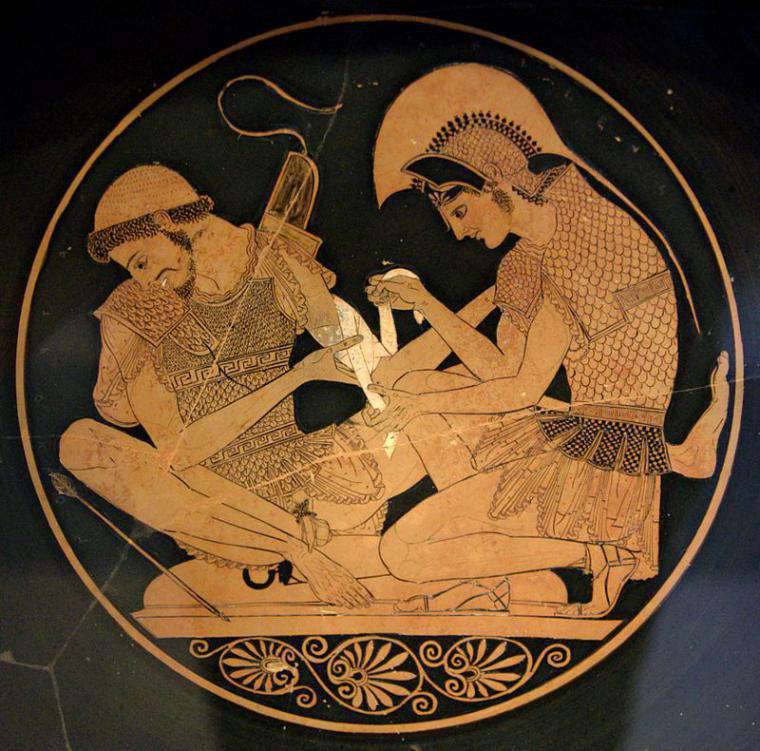
Achilles bandages the wounded Patroclus. Both figures in linothoraxes ("linen shells"), reinforced with scales, untied the left shoulder of Patroclus straightened. Image from a red-figured vase from Vulci, around 500 BC. er The painting of the red-figure attic vessel. State museums, Old Museum, Antique collection, Berlin.
The warriors, who belonged to the phalanx and belonged to the first category, had weapons of the Greek type, that is, a round Argive shield, an embossed bronze shell, anatomical leggings, a helmet, a spear and a sword. However, although the Etruscans fought with phalanxes, even their axes are found in their burials, which can hardly be fought while being in close formation. But perhaps, Connolly writes, these weapons were put in the tomb according to custom. On the other hand, it was possible to fight with an ax one-on-one fights, such as the one shown in the sculpture of two hoplites from Faleria Veteres. They are both armed on the Greek model, in addition to the crooked dagger in the hand of one of the fighters. But one thing is the weapon in the composition of the burial gear, and in the phalanx it is definitely impossible to use an ax.
Modern reconstruction of the appearance of a warrior-Etruscan on finds in Tarquinia. Altes Museum, Berlin.
On the mural from Chery (the scientists call them their finds: “the warrior from Chery” or from somewhere else ...) shows a typical hoplite in a Halkid helmet and with round chest plates. The image of Chiusi shows the goplite in full Greek armament, but his helmet is decorated with feathers in Italian, and not Greek, pattern. Well, the finds in the “Warrior's Tomb in Vulci” (around 525 BC) give an example of the presence of mixed weapons: the helmet is nega, the Argheus shield and Greco-Etruscan type leggings.
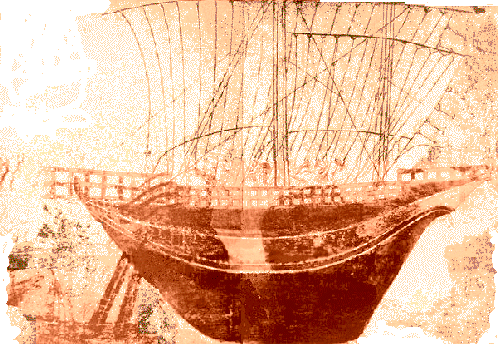 [/ Center]
[/ Center]Etruscan ship. Painting in a tomb in Tarquinia.
Judging by the frescoes in the tombs, Greek shells among the Etruscans were widespread, the discoveries of chest plates in the form of a disk belonging to the first half of the 7th century are known. However, the exact dating of them is difficult, because where and when they were found, it remains unclear. The painting from Chery, which cannot be dated before the end of the 6th century, suggests that this type of armor was used and much later than the 7th century. By the way, we see the same disks on Assyrian bas-reliefs, and even later samples of them were found in Spain and also in central Europe. Connolly believes they are of clear eastern origin. "Painting of Cherie" shows that they are mounted on the torso with three straps, most likely leather. Why three? And on their back side there are usually three loops: two at the top and one at the bottom, which fixed this disk on the belts in a very ingenious way. Why it was impossible to fasten it on four belts crosswise, like those of the same Assyrians, is unknown. Although there are examples of such an attachment.
The most popular early helmet in Etruria was a helmet of the type of negau, which received its name from the name of the village in Yugoslavia, around which they were found in a multitude. An interesting copy was found in Olympia, and you can see it in the British Museum. The inscription on it says that a certain Hiero, son of Deinomenes, and the inhabitants of Syracuse, who captured him from the Etruscans in the naval battle of Coumés in 474 BC, dedicated him to the temple. The earliest sample of such a helmet, which can be dated, was found just in the “Warrior Tomb” in Vulci. Without any changes, they were used until the IV, and maybe even the III cc. BC. A characteristic feature of the Negau helmets was a bronze ring with holes along its inner edge, designed to fasten a balaclava, thanks to which it sat tightly on the head. The helmet had a low ridge, which was sometimes located across. P. Connolly notes that such helmets were worn by Roman centurions, and he is also on the famous statuette depicting the Spartan hoplite.
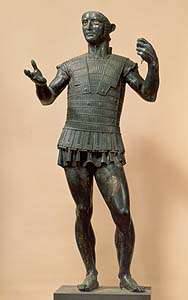
Etruscan warrior. "Mars from Todi". Gregorian Etruscan Museum, Vatican.
Of course, it is tempting to argue that it had any significance, for example, that such a decoration was a sign of distinction between lohagi; and why centurions then adopted it, of course. However, this is only speculation. There is no evidence for this opinion.
Leggings in Etruria were used of the Greek type, without an anatomically expressed knee. They were used the same way as nega-type helmets (that is, before the 4th-3rd centuries), and this is undoubtedly, as they are often found together.
Surprisingly, for some reason, in Etruria, protective armor for the hips, ankles and feet were used even when they were no longer used in continental Greece. The Bracers used it there just as long. Curved sword, or copis, common in Greece and Spain from VI to III centuries. BC, according to P. Connolly, can lead its origin from Etruria, since it was here that the earliest examples of these weapons, dating from the 7th century, were found. BC. The bronze “saber” from Este in northern Italy could have been the forerunner of this terrible weapon and confirms its Italian origin.
Magnificent finds from the “Warrior Tomb” in Lanuvia near Rome, dated to 480 BC. Combat equipment includes a bronze muscular (anatomical) cuirass (with traces of leather and linen lining), a bronze helmet such as nega (with gilding and silvering, as well as glass paste to simulate eye openings), and the sword is a copy. Other finds include a sports bronze disc, two iron body scrapers and a bottle for olive oil. National Museum "Baths of Diocletian", Rome.
Etruscan and early Greek swords of this type were chopping weapons with a blade about 60 - 65 in length. Later models from Macedonia and Spain represented cutting-piercing weapons with a blade that did not exceed 48 in length.
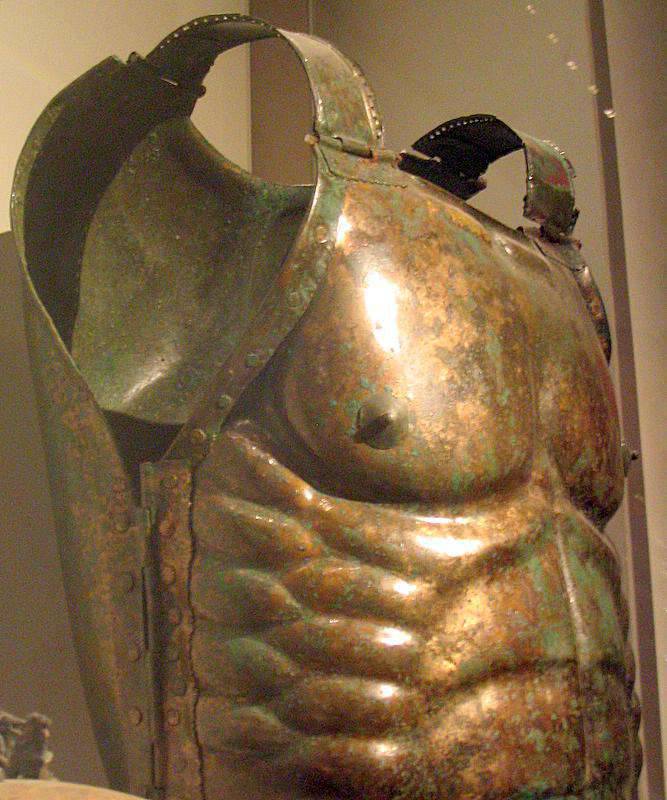
Breastplate from the Warrior Tomb.
The tombs of the Greeks and Etruscans differed greatly, and their views on the afterlife also differed. Here is the tomb of the archaeological reserve at Cape Makronides in Ayia Napa in Cyprus. The door is a little over a meter high, inside the room is a height of 1,5 m on two “beds” without a hint of painting. The Etruscans are completely different.
Etruscan spears had a variety of tips. For example, these are long tips related to the type of villanova. In the tomb of V c. in Vulci found a typical pilum tip, with a tube for mounting on the shaft. It means that at that time such weapons had already been fought, and it was known for a long time.
In the IV and III centuries. BC. in Etruria, they still continued to use the Greek heritage in the field of armaments, and then they also adopted their late classical Greek style. On the Amazons sarcophagus and on the tomb of Giloli (both monuments are located in Tarquinia) you can see images of typical IV Thracian helmets. BC. and linen shells, however, they began to cover with metal plates. They can be clearly seen, for example, on the famous statue of Mars from Todi, which is depicted in typical Etruscan armor. At the same time, images of chain mail have already appeared on the burial urns, that is, the Etruscans also knew them. And by design, it was all the same "linen breastplate", but only mail. Well, and the Romans adopted it, along with all the other "findings" of the peoples around Rome.
It is interesting that on Etruscan sculptures anatomical shells painted with gray paint are often seen. But this does not mean that they are iron; it is much more likely that they were simply silver or even tinned with tin, and maybe that they did in the Roman army later. The image of the muscles is usually strongly stylized, which makes it possible to easily distinguish the Etruscan armor from the Greek.
Tomb of the Lionesses in Tarquinia. Neither the Greeks nor the Slavs did not meet anything like that.
Full Etruscan armor found in the "Tomb of the Seven Rooms" in Orvieto, near Lake Bolsena. It consists of a typical Etruscan shell of the anatomical type, Greek Late Classical type leggings, an Argive shield, and a Montefortinsky type helmet with characteristic shoulder pads with three discs stamped on them. Pilum became a throwing weapon. The type of pilum with a sharp shank first appeared in northern Italy in the V century. A pilum with a flat tongue, which is inserted into the slot on the pole and fastened with one or two wooden rods, was depicted in the tomb of Giloli in Tarquinia, somewhere in the middle of the 4th century BC, but the earliest archaeological find of such a tip goes back to the end III century. and was made again in Etruria, in Telamon. Thus, P. Connolly concludes, the genesis of Etruscan weapons is directly related to the weapons and armor of the ancient Greeks, and then they borrowed (or invented) themselves, and the Romans, in turn, borrowed this from them.
But the most important thing in the Etruscan culture is again connected not even with their military affairs, but with the funeral rites. And this once again confirms the fact that the Etruscans had nothing in common with the Slavs. The fact is that the traditions of commemoration of the departed and their burials are among the most enduring. The custom of commemorative fights at the grave of the deceased, borrowed by the Romans as entertainment, the tradition of arranging painted tombs - we see nothing of this from the Slavs, there is not even a hint of it, and this is the most important attribute of spiritual culture that has been preserved for many hundreds, or even thousands. years old!
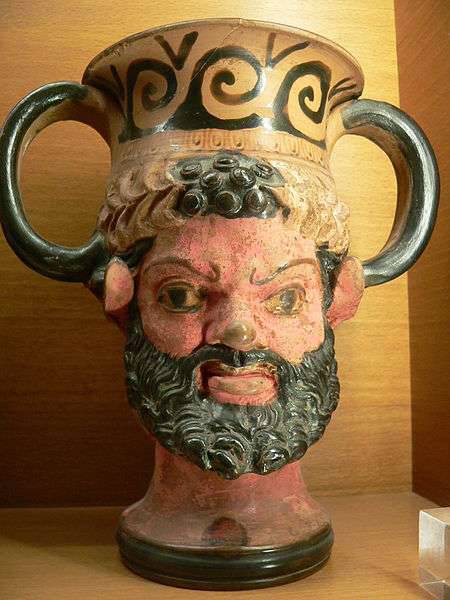
Etruscan vessel found in one of their tombs. That is how they looked in that distant time. Louvre
Visit the Gregorian Etruscan Museum of the Vatican will help here this site. There you can see the museum’s halls (and not only this museum itself) and photographs (and descriptions) of artifacts exhibited there: http://mv.vatican.va/3_EN/pages/MGE/MGE_Main.html
At the address below, you can find the alphabet, and the dictionary, and much more: http://www.etruskisch.de/pgs/og.htm
And here are all Etruscan news!
http://ancientstudies.as.nyu.edu/docs/CP/963/EtruscanNews10_winter.pdf
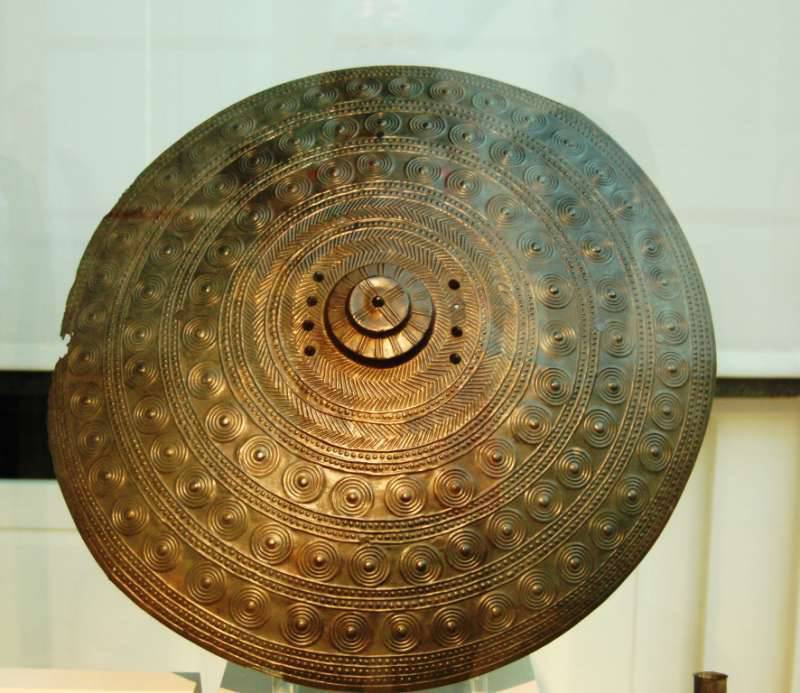
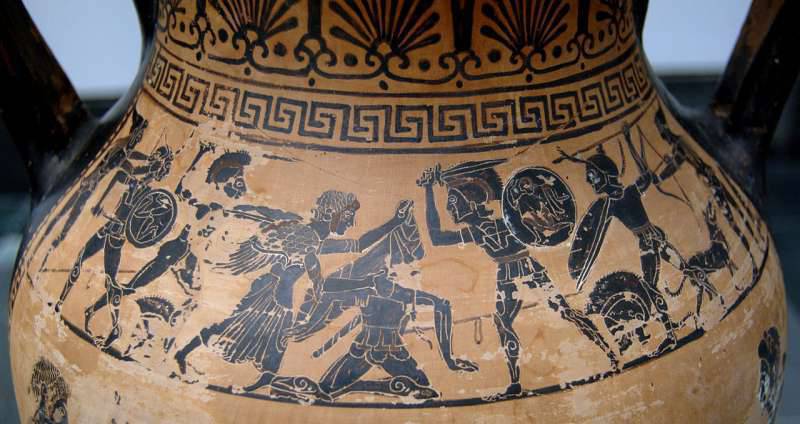
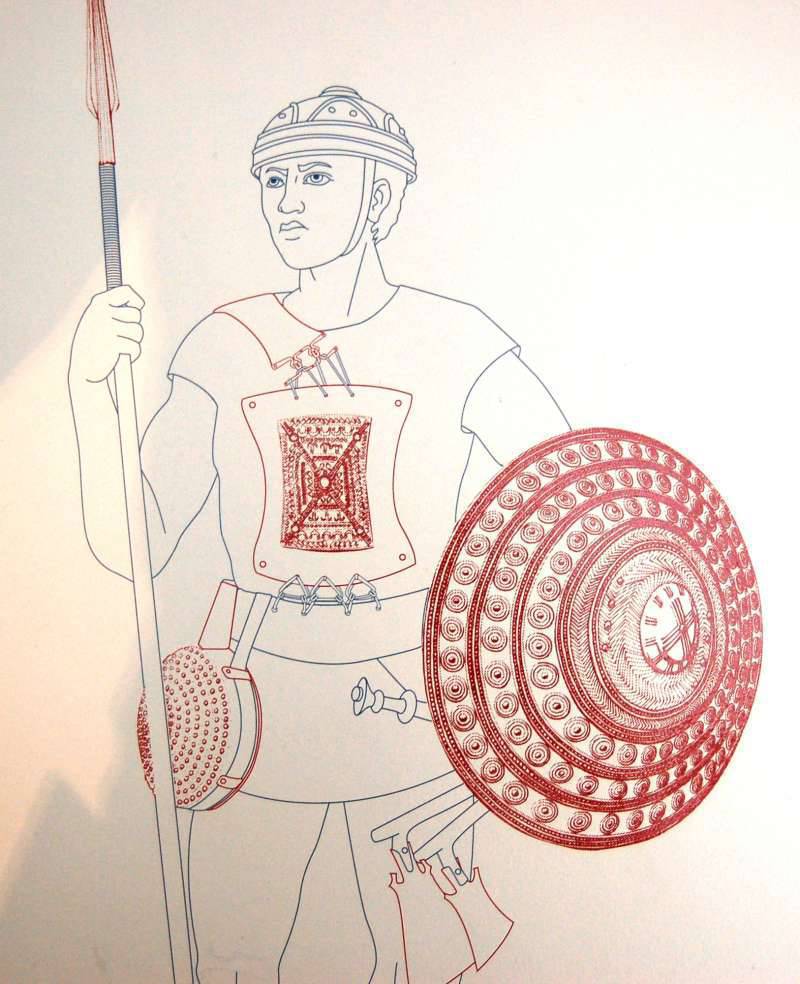
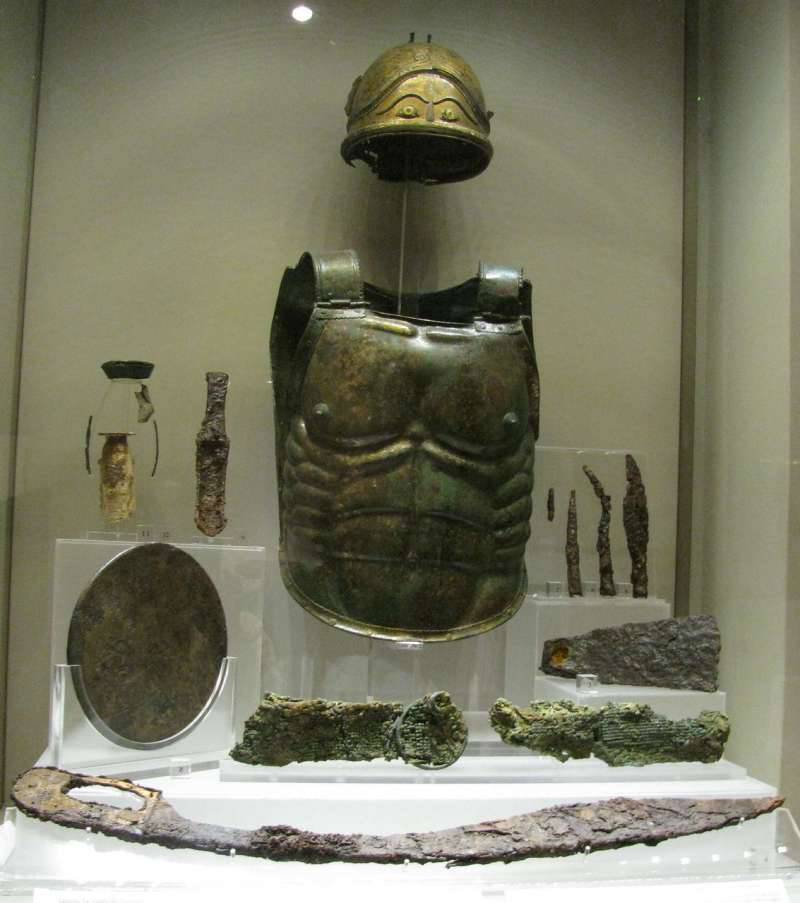
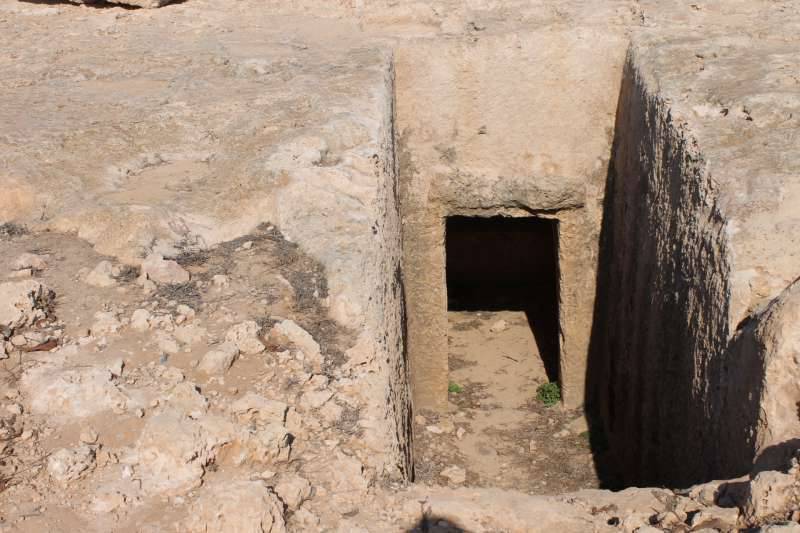
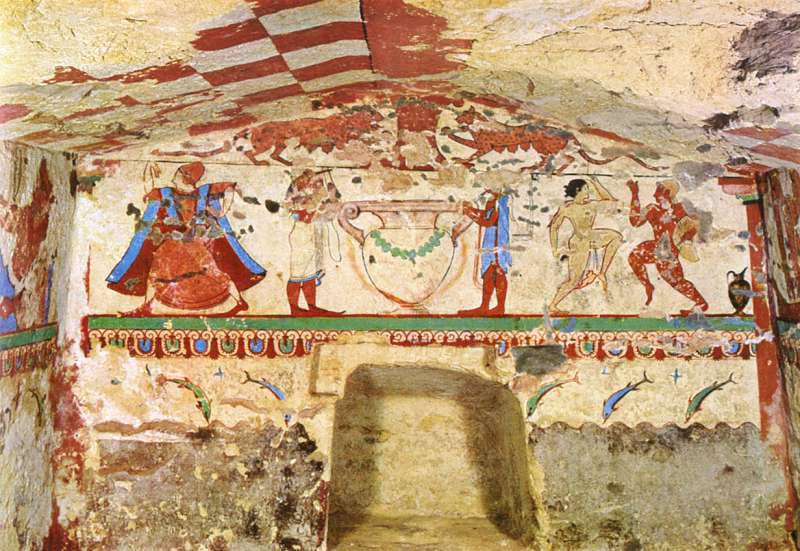
Information